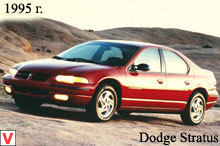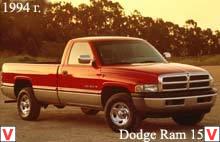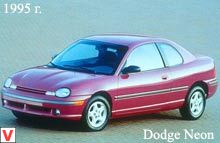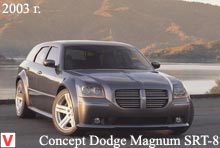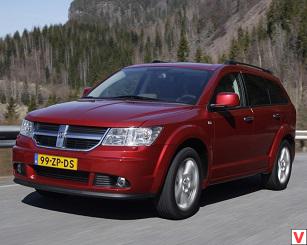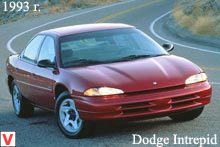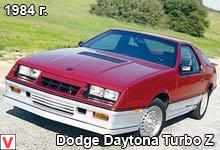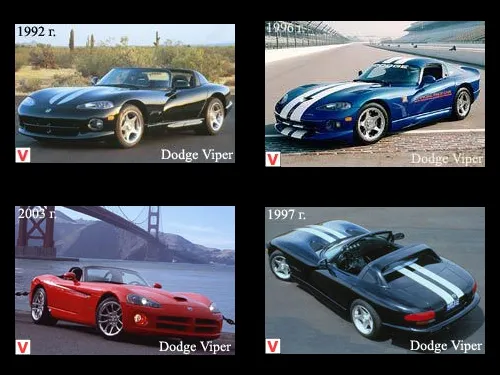
Today, the Dodge Viper is one of the symbols of the American automotive industry. It was first introduced to the general public in 1991. The two-time world champion in Formula 1 racing Emerson Fittipaldi took part in the design of the first generation of the "viper" (the word Viper is translated from English). The debut made a real sensation. This car is still considered the most sporting of all road cars produced in the United States.
The second generation of the Dodge Viper appeared five years after the first - in 1996. Then a coupe appeared in a pair of a convertible, which participated in various competitions, supporting the sporty image of the Dodge. The coupe naturally had a roof, a full-fledged rear window and, as a result, a slightly different rear part than the convertible. Five more years passed, and in January 2001 at the Detroit Auto Show, the public was able to see the third generation of this legendary car. Dodge Viper R-10, this designation received a new "Viper", retained all the traditional features of the Viper. The exterior design of the car has not changed very much.

Front spoilers, doors, fenders and hood are inherited. The new “Viper” headlights remained almost the same as in the previous version, the same huge fog lights remained. Even the exhaust pipe was left to the side, and not moved back as originally planned. After interviewing the owners of the Dodge Viper, it turned out that they consider the exhaust pipe in the threshold of one of the company's car features, along with four huge holes in the grille and stylish headlights.
Another signature element of the Dodge Viper is a V-shaped 10-cylinder engine of gigantic volume - 8.3 liters. Engineers from DaimlerChrysler offered to install a smaller, lighter engine with a smaller volume and reduce the volume of the cylinders while maintaining power. But in this case, a significant part of the Viper’s image would have disappeared, because under his hood there is the most voluminous engine in the world among passenger cars. The aluminum power unit capacity of 506 hp. it is maintained in American canons and is obsolete from the European point of view: the only camshaft located in the collapse of the block, by means of pushers, drives valves - only two per cylinder!
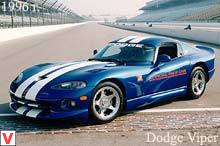
Nevertheless, the monstrous moment of 712 Nm provides ejection of the 1565 kg Viper to a hundred in just 3.9 seconds! The maximum speed is 306 km / h. This model has a drag coefficient of 0.39 Cd. Controlling the take-off process allows not only an almost perfect balance of weight along the axes (49.4% by 50.6%), but also wheels with the dimension of 18 inches in front and 19 inches in the rear. By design, the Viper is a typical racing car: a frame-panel base with hinged plastic elements.
To realize the mind-blowing traction equipment and load the driving rear wheels, a rather rare type of classic layout was used - the engine was shifted back behind the front wheels, and a six-speed manual gearbox was combined with the main gear (with a limited slip differential) and placed between the rear wheels. Transmission - updated. At first speed, the car is capable of delivering 80 km / h.
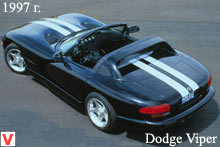
Only heroes reach the last - the sixth. The uniqueness of Viper is that many of its objective flaws are perceived as signs of exclusivity, and even continuation of merits. For the pleasure of owning one of the fastest cars in the world, owners have to pay for a narrow narrow cabin, a nominal trunk, a stiff suspension, poor sound insulation, almost a 13-meter turning circle, heavy pedals and no spare wheel. But in general, the third generation of the Viper is still the same legendary "Viper" - ferocious, lightning, uncompromising.
In 2005, the American tuning company Hennessey presented its own development at the SEMA specialized exhibition held in Las Vegas - the 1000-strong version of the Dodge Viper SRT-10 coupe. A twofold increase in the power of the base 8.3-liter engine was achieved by installing two turbochargers, providing a pressure of 1.5 bar. As a result, the maximum torque of this engine rose to 1491Nm. Power is transmitted to the drive wheels through a six-speed manual gearbox, and the rear differential is also installed at the rear. From zero to one hundred kilometers per hour, the extreme Viper can accelerate in three seconds, and its maximum speed reaches 410 kilometers per hour.
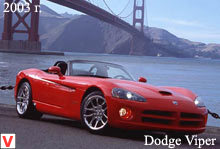
In addition to the power unit Dodge Viper from Hennessey also received a completely new suspension, powerful brakes and a new aerodynamic body kit, ensuring the stability of the car at high speeds. Wheels at Viper SRT-10 - 20-inch, dimensions 265/35 in front and 335/30 in rear. In the Western press, there was information about the new generation of the sports car Dodge Viper, which will premiere in 2007.
Rumor has it that the development of a new engine, whose power will be 600 - 650 hp, attracted experts McLaren.
